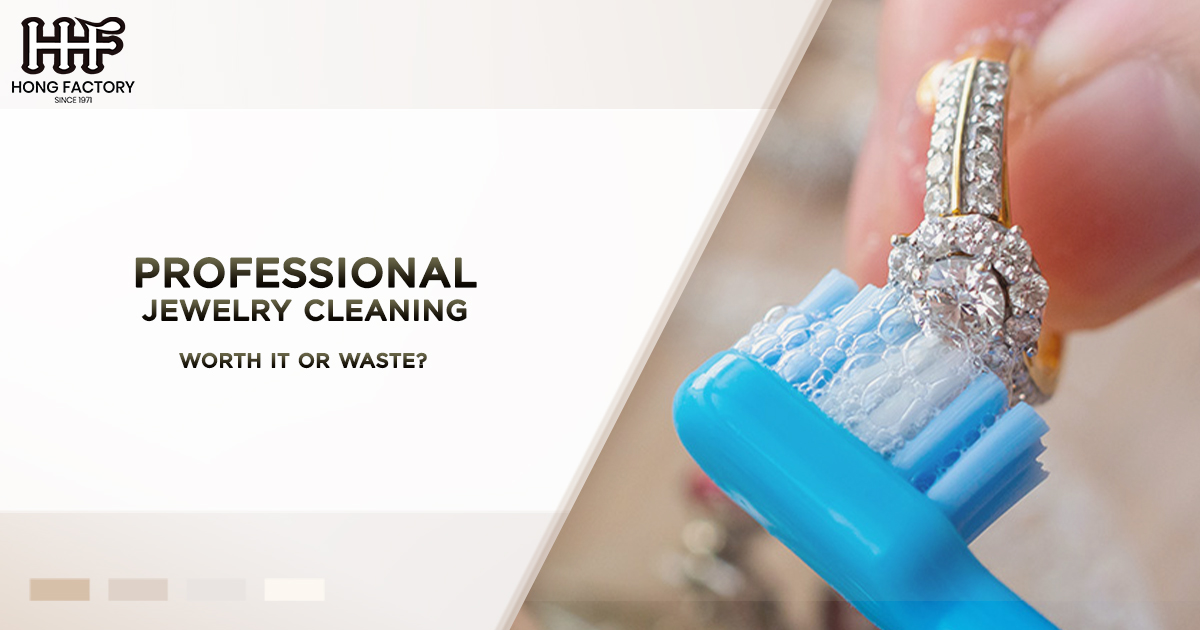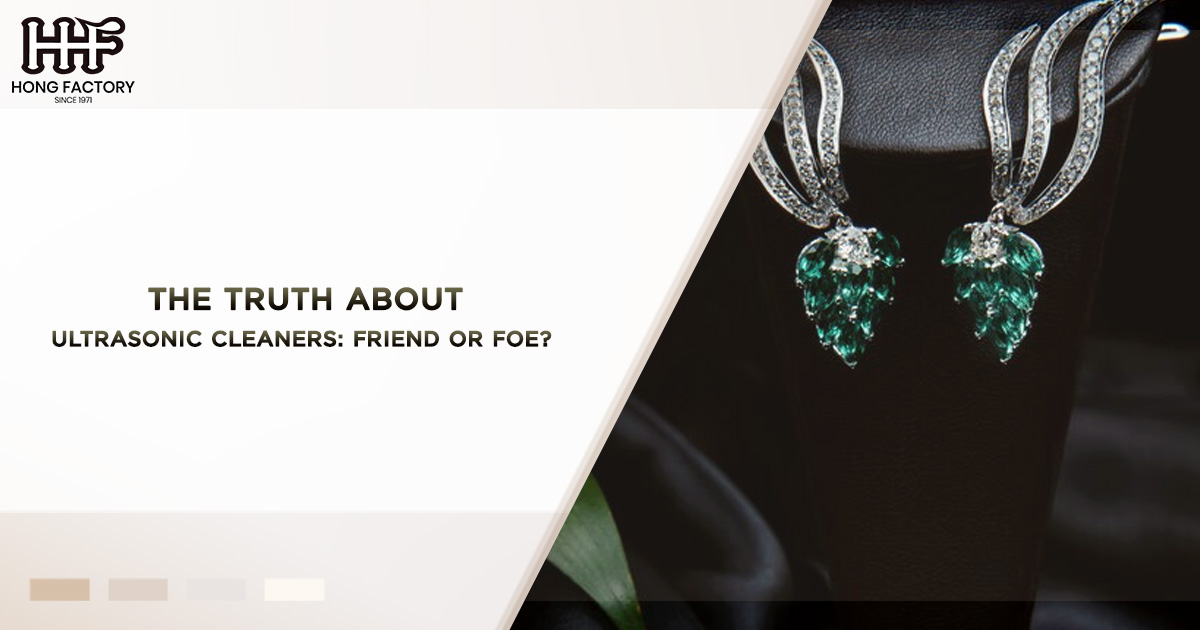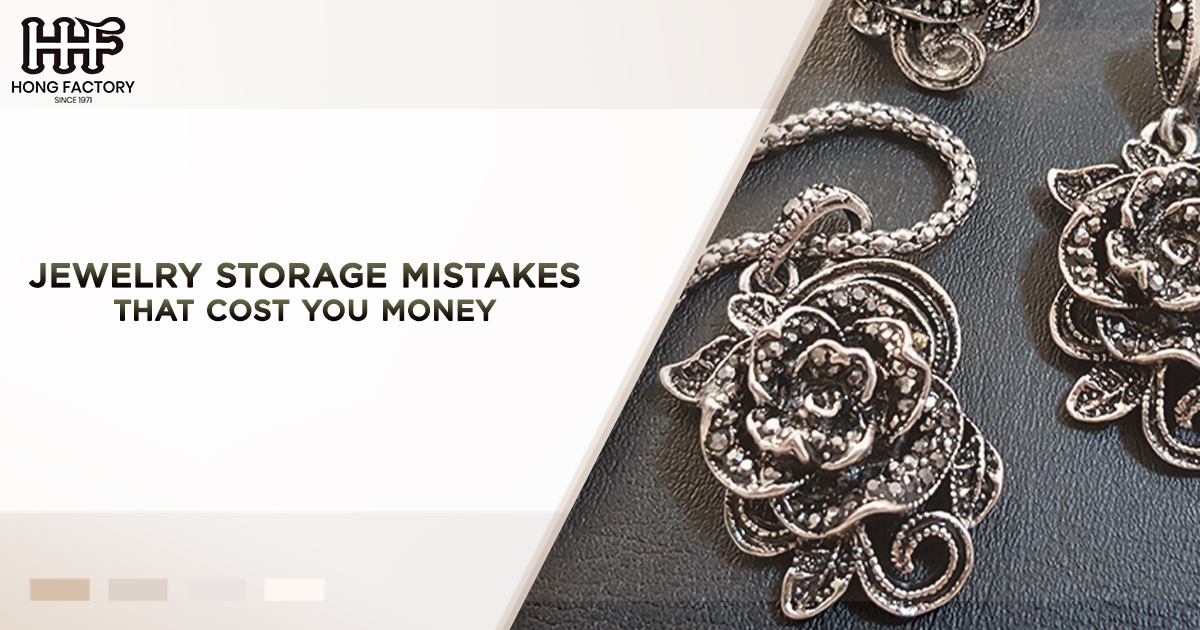DIY jewelry cleaning is an appealing option for many, offering convenience and potential cost savings. However, taking this approach without proper knowledge may lead to consequences that outweigh the perceived benefits. In this article, we’ll explore the real cost of DIY jewelry cleaning, diving into safe methods, risk factors, costs, and best practices to ensure your precious pieces remain stunning and damage-free for years to come.
Why Jewelry Maintenance Matters
Your jewelry isn’t just an accessory; it’s a cherished investment, whether in terms of monetary value, sentimental attachment, or both. Proper care is essential to maintain its brilliance, structural integrity, and longevity. Without consistent cleaning and maintenance, dirt, oils, and environmental factors can dull the shine of your pieces and weaken settings.
While some people turn to professional cleaning services, others try DIY approaches to save time and money. But is this the best solution? Let’s dive into the details.
Safe DIY Jewelry Cleaning Methods
If you’re determined to clean your jewelry at home, follow these safe and effective methods that minimize the risk of damage.
1. Use Mild Dish Soap and Warm Water
One of the safest and simplest methods for cleaning most types of jewelry is mixing a small amount of mild dish soap with warm water :
- How to Use : Soak your jewelry in the solution for 15-20 minutes. Use a soft toothbrush to gently scrub dirt and grime. Rinse with clean water and pat dry with a lint-free cloth.
- Best For : Gold, platinum, diamond, and gemstone jewelry (except porous stones like opal or pearl).
- Why It’s Safe : Mild soap won’t strip protective coatings or cause discoloration, and soft brushes avoid scratching delicate surfaces.
2. Baking Soda Paste for Tarnished Metals
Baking soda can effectively remove tarnish from sterling silver and other metals :
- How to Use : Mix baking soda with water to form a paste. Apply it gently to the jewelry using your fingertips or a soft cloth. Rinse thoroughly and dry carefully.
- Best For : Sterling silver, unadorned gold, and platinum pieces.
- Caution : Avoid using baking soda on plated jewelry, antique pieces, or gemstones, as it can be too abrasive.
3. Store-Bought Jewelry Cleaners
Liquid jewelry cleaners or polishing cloths are readily available and tailored to specific materials :
- How to Use : Follow the instructions on the product label. Typically, you’ll dip the jewelry into the solution, rinse, and dry.
- Best For : Jewelry without porous or fragile stones like turquoise, pearls, or opal.
- Why It’s Safe : Commercial cleaners are formulated for materials like gold and diamonds, making them less likely to cause damage when used appropriately.
Risk Factors of DIY Jewelry Cleaning
While safe DIY methods exist, cleaning your jewelry at home comes with risks that could result in costly repairs or irreversible damage.
1. Scratching and Abrasion
Using abrasive materials like toothpaste, baking soda, or hard brushes can scratch your jewelry :
- Common Culprits : Toothpaste, rough cloths, and stiff-bristled brushes.
- Damage Details : Gold and silver are soft metals, and even small scratches can diminish their shine.
2. Stone Loosening or Loss
Improper cleaning methods or tools can damage prongs and settings, causing stones to become loose or fall out :
- High-Risk Pieces : Jewelry with intricate designs, pave settings, and older pieces.
- The Cost : Replacing lost or damaged gemstones can quickly become expensive, particularly for high-value diamonds or rare gems.
3. Chemical Damage
Many household cleaners, like bleach or ammonia, can harm your jewelry :
- **Potential Effects:** Discoloration, dullness, or weakening of metal and stones.
- **At-Risk Materials:** Porous gemstones, pearls, antique jewelry, and plated metals.
4. Overcleaning
It’s possible to do more harm than good by cleaning too often :
- Why It’s a Problem : Excessive cleaning can wear away protective coatings or cause unnecessary wear on delicate settings.
Cost Comparison – DIY Cleaning vs. Professional Services
When evaluating the true cost of DIY jewelry cleaning, it’s essential to consider not just the immediate savings but also long-term consequences.
1. Upfront Costs of DIY Cleaning
- Supplies : Dish soap, baking soda, soft cloths, and brushes are inexpensive and readily available, costing under $20 for most people.
- Perceived Savings : Professional cleanings can range from $20 to $100 per piece, depending on the jewelry’s size and complexity. DIY cleaning seems like a bargain on the surface.
2. Potential Repair Costs
If DIY cleaning goes wrong, you may need to pay for repairs or replacements :
- Common Repairs : Replacing stones, fixing prongs, re-plating metals, or refurbishing antique pieces can cost hundreds of dollars.
- Worst Case : Irreversible damage may render a piece unwearable, leading to emotional and financial loss.
3. Professional Cleaning Benefits
Jewelry specialists use ultrasonic cleaners, steam machines, and expert techniques to safely clean and inspect your pieces :
- Value Added : Professionals can identify loose stones, worn prongs, or other issues before they turn into costly problems.
- Long-Term Savings : While professional services can seem expensive upfront, they often extend your jewelry’s lifespan, saving you money in the long run.
Best Practices for Jewelry Maintenance

To minimize the need for frequent deep cleaning and avoid costly repairs, follow these maintenance tips :
1. Clean Regularly but Gently
Incorporate safe, gentle cleaning into your routine every 1-2 months :
- Lightly wipe your jewelry with a soft, lint-free cloth after every wear.
- Use safe DIY methods sparingly to remove dirt and oils.
2. Handle with Care
Avoid exposing your jewelry to harsh conditions :
- Remove rings and bracelets before cleaning, gardening, or engaging in physical activities.
- Keep jewelry away from household chemicals, perfumes, and hair products.
3. Store Jewelry Properly
Prevent scratches, tangling, or tarnish by storing your pieces carefully :
- Use a lined jewelry box with separate compartments.
- For silver, store in anti-tarnish pouches or cloth.
4. Schedule Professional Inspections
Visit a jeweler at least once a year for a professional cleaning and inspection :
- Jewelers can check for loose stones, damaged settings, or other issues you may not notice.
- Many jewelers offer free or affordable cleaning services as part of their care plans.
Final Thoughts – Is DIY Jewelry Cleaning Worth It?
DIY jewelry cleaning can be a cost-effective and convenient option, but it comes with significant risks if done improperly. By understanding the safe methods, potential pitfalls, and best practices outlined in this article, you can make informed decisions about caring for your cherished pieces.
For valuable, delicate, or antique jewelry, investing in professional services is often the wiser choice to ensure your collection remains as beautiful and functional as the day you received it. After all, the real cost of DIY jewelry cleaning isn’t just about dollars it’s about preserving what you love for years to come.
Optimize your jewelry care routine today by balancing safe DIY techniques with occasional professional maintenance, and enjoy the sparkling results without worry.



